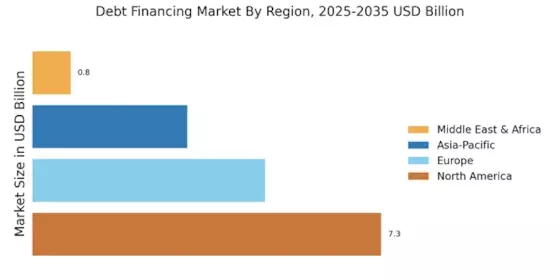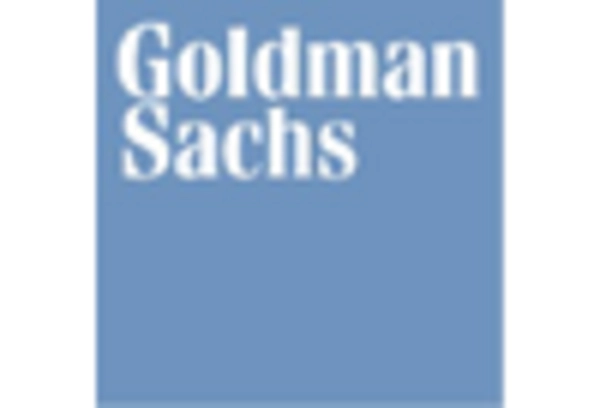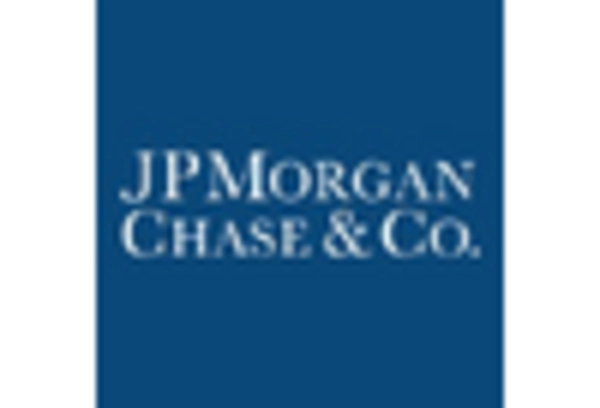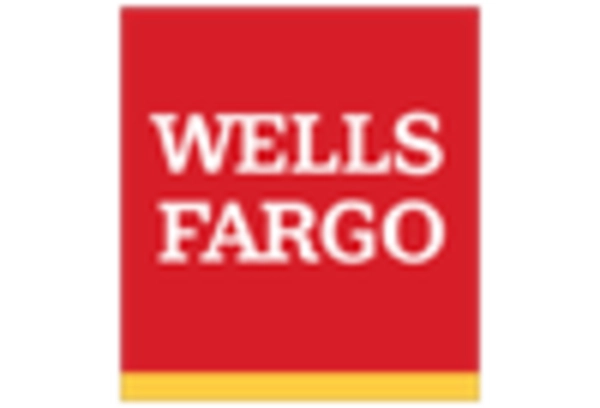Growing Demand for Capital
The Debt Financing Market Industry is currently experiencing a surge in demand for capital as businesses seek to expand operations and invest in new projects. This trend is particularly evident in sectors such as technology and renewable energy, where companies are increasingly reliant on debt financing to fuel growth. According to recent data, the total value of corporate debt issuance has reached unprecedented levels, indicating a robust appetite for borrowing. This demand is driven by favorable interest rates and a competitive lending environment, which encourages businesses to leverage debt as a means of financing. As companies navigate a complex economic landscape, the ability to access capital through debt financing becomes crucial for maintaining competitiveness and achieving strategic objectives.
Low Interest Rate Environment
The prevailing low interest rate environment is a significant driver of activity within the Debt Financing Market Industry. With central banks maintaining accommodative monetary policies, borrowing costs remain at historically low levels. This situation incentivizes businesses to issue debt as a means of financing operations, acquisitions, and capital expenditures. Data indicates that the average yield on corporate bonds has decreased, making it more attractive for companies to raise funds through debt instruments. As firms take advantage of these favorable conditions, the volume of debt issuance is expected to increase, further stimulating growth within the industry. This trend underscores the importance of interest rates as a key factor influencing corporate financing decisions.
Emergence of Sustainable Debt Instruments
The emergence of sustainable debt instruments is reshaping the Debt Financing Market Industry, as more companies seek to align their financing strategies with environmental, social, and governance (ESG) principles. Green bonds and sustainability-linked loans are gaining traction among issuers looking to attract socially conscious investors. This trend is supported by a growing body of evidence suggesting that companies with strong ESG practices may experience lower borrowing costs and enhanced reputational benefits. As the demand for sustainable financing options increases, the debt market is likely to see a proliferation of innovative products designed to meet these criteria. This shift not only reflects changing investor preferences but also highlights the evolving landscape of debt financing in response to societal expectations.
Regulatory Changes Favoring Debt Financing
Recent regulatory changes appear to be shaping the Debt Financing Market Industry in a manner that favors increased borrowing. Governments and regulatory bodies are implementing policies that streamline the debt issuance process, making it more accessible for businesses of all sizes. For instance, the introduction of simplified reporting requirements and enhanced transparency measures has reduced the compliance burden on companies seeking to raise capital through debt. This regulatory environment not only encourages more firms to consider debt financing as a viable option but also enhances investor confidence in the market. As a result, the overall volume of debt instruments being issued is likely to rise, reflecting a more favorable landscape for both issuers and investors.
Increased Investor Appetite for Debt Instruments
There is a noticeable increase in investor appetite for debt instruments, which is significantly impacting the Debt Financing Market Industry. Institutional investors, such as pension funds and insurance companies, are actively seeking fixed-income assets to diversify their portfolios and achieve stable returns. This growing demand for debt securities is driving issuers to tap into the market more frequently, resulting in a higher volume of debt offerings. Furthermore, the search for yield in a low-interest-rate environment has led investors to explore various debt instruments, including high-yield bonds and structured products. This trend not only enhances liquidity in the debt markets but also encourages innovation in debt financing solutions, ultimately benefiting both issuers and investors.


















Leave a Comment